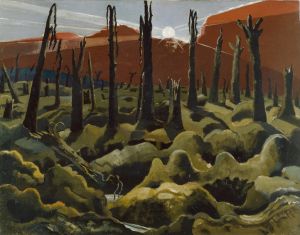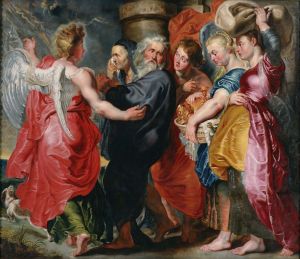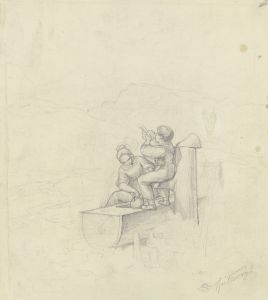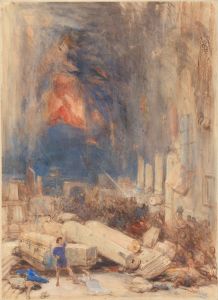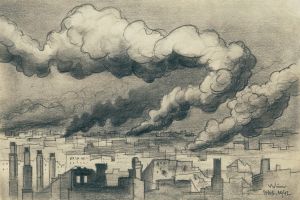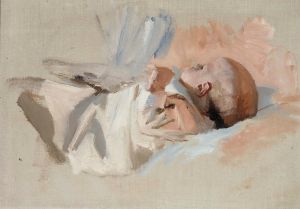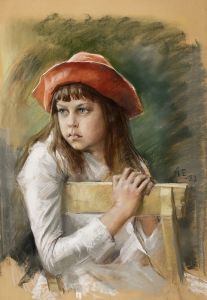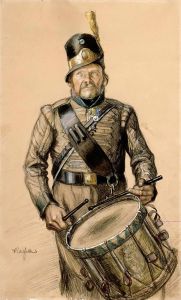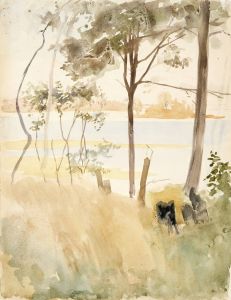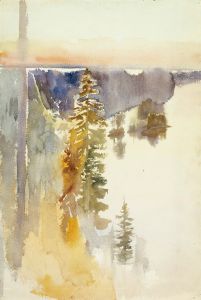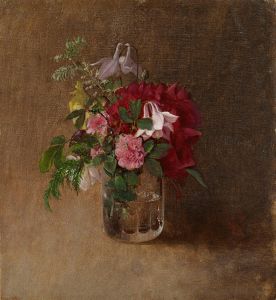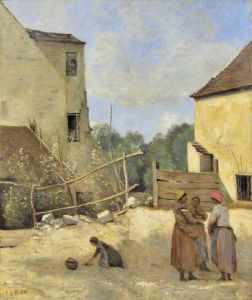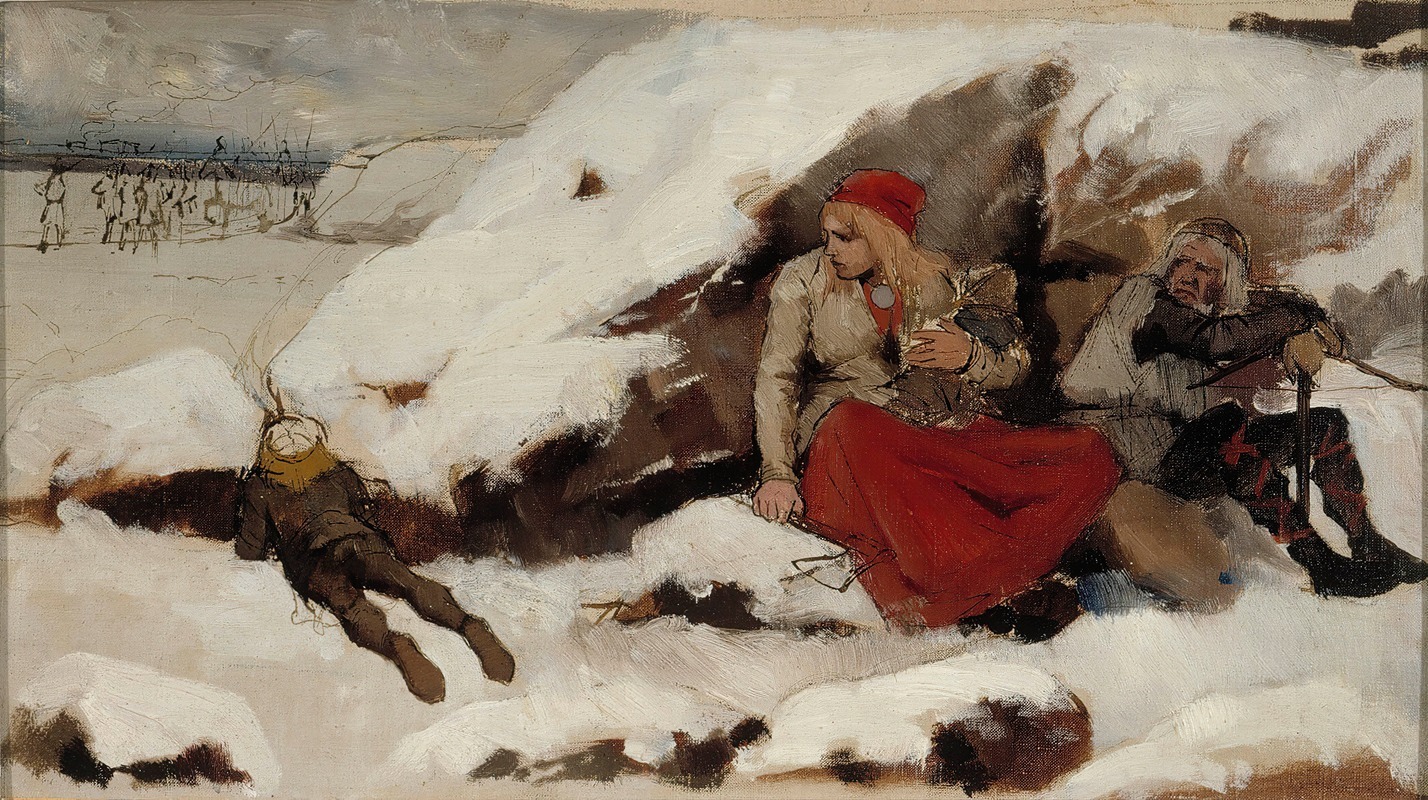
Study For Burned Village
A hand-painted replica of Albert Edelfelt’s masterpiece Study For Burned Village, meticulously crafted by professional artists to capture the true essence of the original. Each piece is created with museum-quality canvas and rare mineral pigments, carefully painted by experienced artists with delicate brushstrokes and rich, layered colors to perfectly recreate the texture of the original artwork. Unlike machine-printed reproductions, this hand-painted version brings the painting to life, infused with the artist’s emotions and skill in every stroke. Whether for personal collection or home decoration, it instantly elevates the artistic atmosphere of any space.
Albert Edelfelt (1854–1905) was a prominent Finnish painter known for his realistic and detailed works, often depicting historical and everyday scenes. One of his notable works is "Study for Burned Village," which reflects his skill in capturing the emotional and physical aftermath of conflict.
"Study for Burned Village" is a preparatory work, which means it was likely created as a preliminary study for a larger, more detailed painting. Edelfelt often used such studies to experiment with composition, lighting, and mood before committing to a final piece. This approach allowed him to refine his ideas and techniques, ensuring that the final work would convey the intended message and emotion.
The painting is believed to depict the aftermath of a village being burned, a scene that could be associated with the numerous conflicts that occurred in Europe during Edelfelt's lifetime. The late 19th and early 20th centuries were marked by various wars and uprisings, and artists of the time frequently used their work to comment on the human cost of such conflicts. Edelfelt, known for his historical paintings, might have been inspired by these events to create a work that captures the devastation and desolation left in the wake of war.
In "Study for Burned Village," Edelfelt's attention to detail is evident. The painting likely features charred remains of buildings, barren landscapes, and possibly figures that convey a sense of loss and despair. His use of color and light would have been carefully considered to enhance the somber mood of the scene. Edelfelt's ability to evoke emotion through his brushwork and composition is a hallmark of his style, making his studies as compelling as his finished works.
Edelfelt's works, including "Study for Burned Village," are significant not only for their artistic merit but also for their historical context. They provide insight into the societal issues of his time and reflect his personal response to the world around him. As a Finnish artist, Edelfelt was part of a broader movement of Nordic artists who gained international recognition for their contributions to art and culture in the late 19th century.
While specific details about "Study for Burned Village" may be limited, its existence as a study highlights Edelfelt's meticulous approach to painting and his commitment to capturing the human experience. His works continue to be studied and appreciated for their technical skill and emotional depth, securing his place as a key figure in the history of Finnish art.






